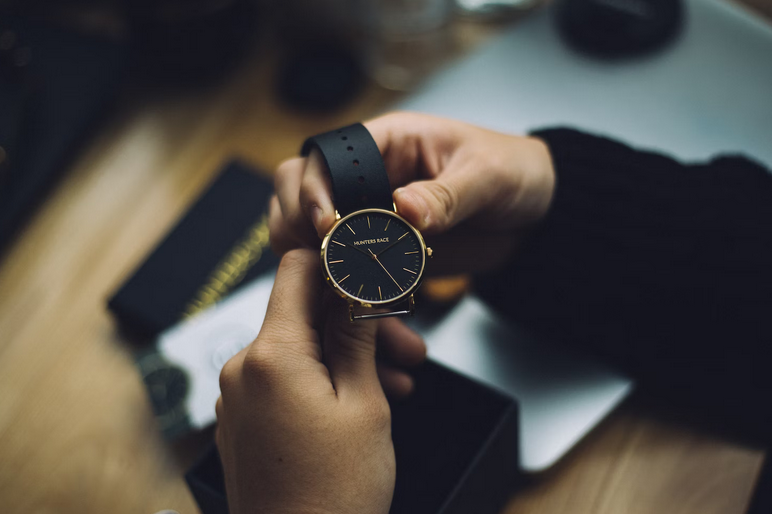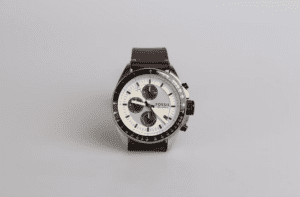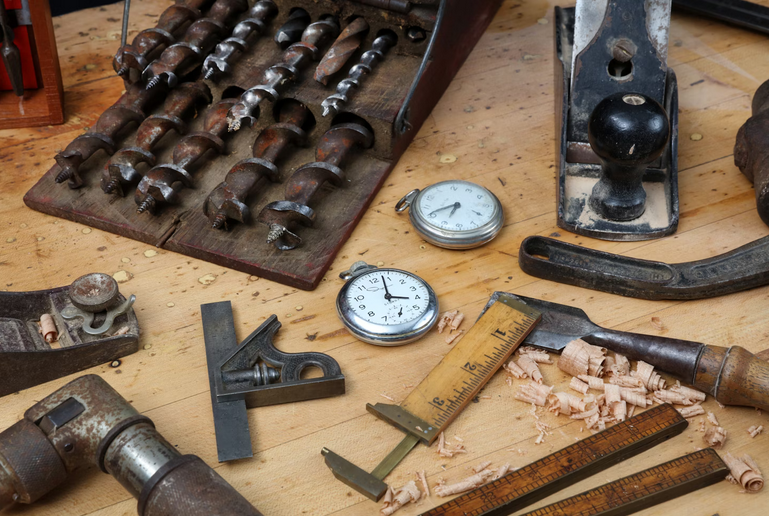Key Elements in Classic Watch Restoration: Bringing Back to Life Valuable Watches
Bringing back to life valuable watches is no ordinary task. It requires a delicate touch, an unwavering attention to detail, and a deep appreciation for the craftsmanship that went into creating these timeless pieces. You can learn more about the value of classic watch restoration at Westfalen-Blatt.
Classic watch restoration goes beyond simply fixing broken parts; it is a true art form that aims to revive the authenticity and beauty of these treasured heirlooms. In this blog post, we will delve into the key elements involved in restoring classic watches to their former glory.
Authenticity
Authenticity is the cornerstone of the entire process of restoration. Every effort must be made to retain and enhance the originality of these timepieces, ensuring that their historical significance remains intact. The first step in authenticating a vintage watch is meticulous research. Next, source genuine replacement parts. Vintage watches often require delicate components that are no longer readily available. Skilled artisans may have to scour auctions and private collections or even collaborate with specialized manufacturers to obtain original parts that match the watch’s era.
Preserving the patina and wear on a vintage timepiece is also essential for maintaining its authenticity. These signs of age add character and tell a unique story about the watch’s journey through time. Restorers carefully consider whether to clean or preserve certain elements depending on their condition and impact on overall aesthetics.
Precision


Precision is a crucial element in the restoration of classic watches. It requires meticulous attention to detail and careful craftsmanship to ensure that every component is perfectly aligned and functions with accuracy. From the intricate gears and springs to the delicate hands and dials, precision is key to bringing back these valuable timepieces to their former glory.
To achieve precision, watch restorers must have a deep understanding of the inner workings of each specific type of watch they are working on. They need to be skilled in disassembling, cleaning, repairing, or replacing any worn-out parts and then reassembling everything flawlessly.
Conservation
Conservation, on the other hand, involves preserving the originality and integrity of the timepiece, ensuring that its historical value is retained. One aspect of conservation is maintaining the watch’s external appearance. This includes cleaning and polishing the case to remove any dirt or scratches without altering its original design. The goal is to bring back its luster while keeping it true to its time.
Another important consideration is protecting the movement of the watch. This involves carefully disassembling and cleaning each component, removing any built-up grime or rust that may affect its functionality. Preservation techniques such as lubrication are then applied to ensure smooth operation.
Documentation


In the world of horology, classic watch restoration is a true art form. It requires not only technical expertise but also a deep appreciation for the history and craftsmanship behind each timepiece. From vintage Rolex watches to intricate pocket watches, restoring these valuable pieces involves several key elements.

